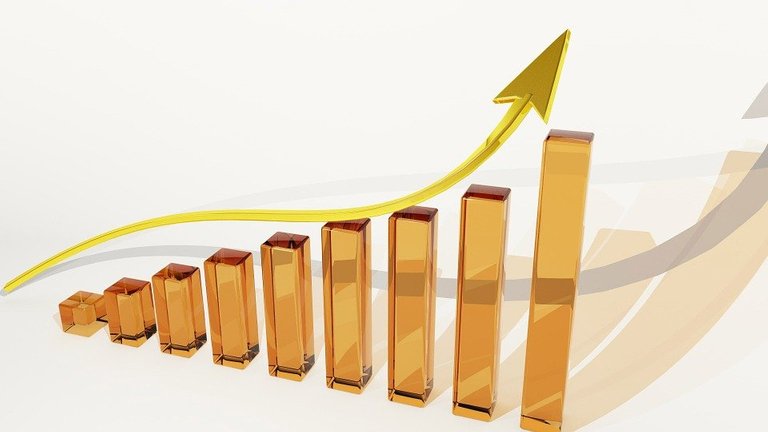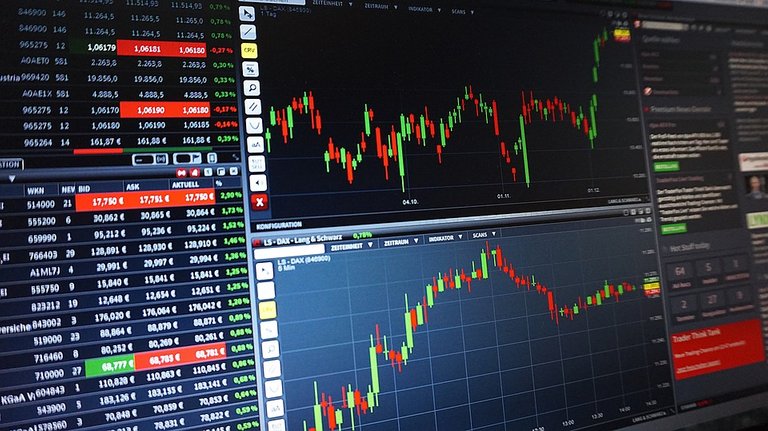Valuating Bonds and Preferreds: Know the Intrinsic Value of Fixed Income Securities before Investing
When a bond is issued, for example, the amount and frequency of its interest (coupon) payments is known in advance and does not change over the life of the bond. This makes calculating the bond’s present value that much easier.
What a Bond Issuer Promises to Investors
Typically, a bond issuer promises to pay one-half of the bond’s coupon rate multiplied by the face value of the bond every six months until maturity. For example, an investor purchased a $10,000 bond in 2013, maturing in 2020, with a coupon of eight percent. Every six months for the next eight years, the investor will receive two annual payments of $400.00 ($10,000 x 8% = $800.00 and divided by two semi-annual payments = $400.00).

Source: https://pixabay.com/photos/stock-trading-monitor-business-1863880/
Why? Simply, by issuing a bond, the bond issuer has effectively become a borrower; while by purchasing a bond, the bond investor has effectively become a lender. As it is the case with most debt vehicles, in exchange for borrowed funds, the borrower promises to pay regular interest payments over the life of the loan in addition to the borrowed principal that comes due at maturity.
Valuating a Bond
In the case of bonds, the only unknown variable is the investor’s required rate of return, assuming, of course, that the issuer (borrower) does not default on any of its promises. Why is the required rate of return so important? It is simply the key ingredient when calculating the value of most assets because this is the rate used to discount the expected future cash flows to arrive to an asset’s present value.
To calculate the present value of a bond, analysts typically use Time Value of Money (TVM) features on financial calculators. Let’s assume that on the bond example above, the following values are known:
- Future Value (principal payment at maturity): FV = $10,000
- Payment (semi-annual): PMT = $400.00 (based on $10,000 x 8%/2 coupon rate)
- Required Rate of Return (semi-annual): I/Y = 10%/2 or 5%
- Number of payment periods: N = 16 (8 years x 2 semi-annual coupon payments)
After inputting these values into TVM features on the financial calculator, we arrive at the present value of all future cash flows (16 interest payments plus principal at maturity) of $8,916.22, which represents the amount the bond is worth today discounted at the investor’s required rate of return. Alternatively, the amount of $8,916.22 is what the investor should pay today for a $10,000 bond, maturing in eight years at an annual coupon rate of eight percent.
If the market price of this bond turns out to be higher than $8,916.22, the investor should not purchase this bond because the yield-to-maturity on this bond will be less than the investor’s required rate of return. It will not be a worthwhile investment.
Valuating a Preferred Stock
Issuers of preferred stocks also make certain promises to investors. In case of preferreds, the promise is to pay a stated dividend, typically every quarter, for an infinite period. Since preferreds have no maturity date, (unlike bonds), they are also called perpetuities.

Source: https://pixabay.com/illustrations/graph-growth-finance-profits-163509/
Not having a maturity date is not the only characteristic that differentiates preferreds from bonds. Unlike bonds’ coupon payments, preferreds’ dividend payments are not legal obligations of issuers. Since this feature increases volatility of preferred’s cash flows, investors would be wise to demand higher required rates of return than is the case with bonds.

Source: https://pixabay.com/photos/chart-trading-courses-forex-1905225/
However, in real life, investors usually do not succeed in obtaining higher required rates of return because of the favorable tax treatment of dividends paid by corporate issuers. Since this tax advantage typically stimulates the demand for corporate preferreds, their yields have historically been below those of top-grade corporate bonds.
Since a preferred stock is perpetuity, its value is simply calculated by dividing its stated annual dividend by the required rate of return on preferred stock. In addition, to arrive to the required rate of return, the preferred annual dividend should be divided by its market price.
So, if a preferred’s annual dividend is $6.00 and its current market price is $65.00, the investor’s required rate of return is roughly 0.09, or nine percent ($6.00/$65.00 = 0.09). Plugging the required rate of return into the value calculation, we arrive at what the preferred stock should be priced at, which is $66.67 ($6.00/9% = $66.67). Compared to the market price of $65.00, the intrinsic value of this preferred is greater than its market price. In other words, this preferred is a buy!
"Don't look for the needle in the haystack. Just buy the haystack!" — John Bogle
Posted Using LeoFinance Beta
Very interesting and useful information. Thank you for sharing it.
Thank you for the kind words.